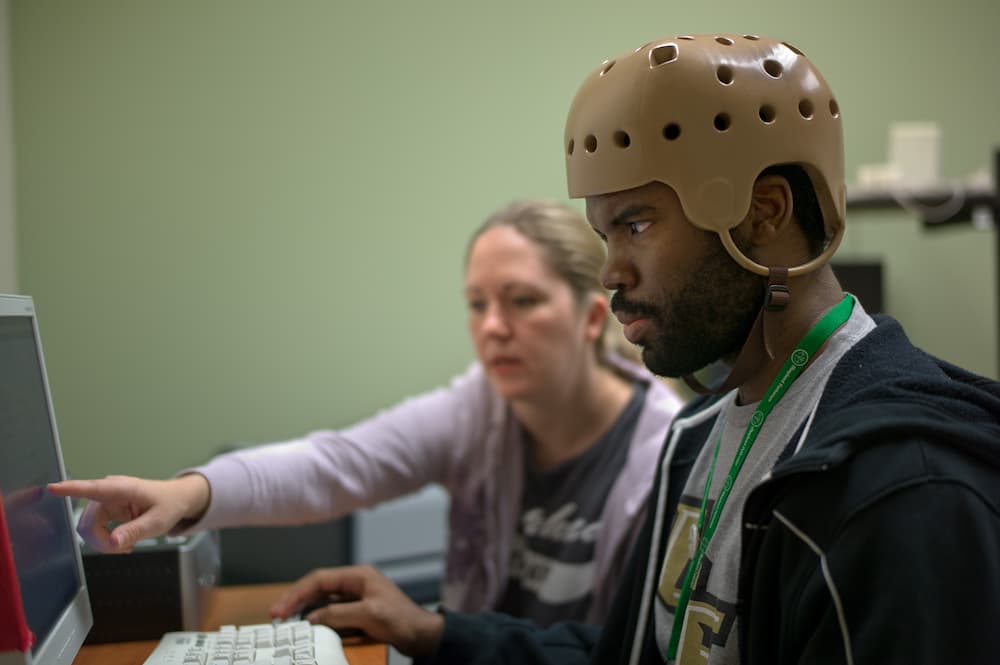Treatment for ischemic and hemorrhagic strokes
Stroke treatments and rehabilitation aim to restore blood flow, minimize brain damage, and help patients regain their abilities. Treatments vary depending on the type of stroke. For ischemic strokes, therapies include clot-busting medications like tissue plasminogen activator (tPA) and mechanical thrombectomy to remove blockages. Hemorrhagic strokes may require surgery to stop bleeding or relieve brain pressure, along with medications to control blood pressure and swelling.
Rehabilitation plays a crucial role in recovery, focusing on restoring movement, speech, and daily living skills through physical, occupational, and speech therapy. Psychological support is also vital for addressing the emotional impact of a stroke. Early intervention and consistent rehabilitation significantly improve recovery outcomes.

